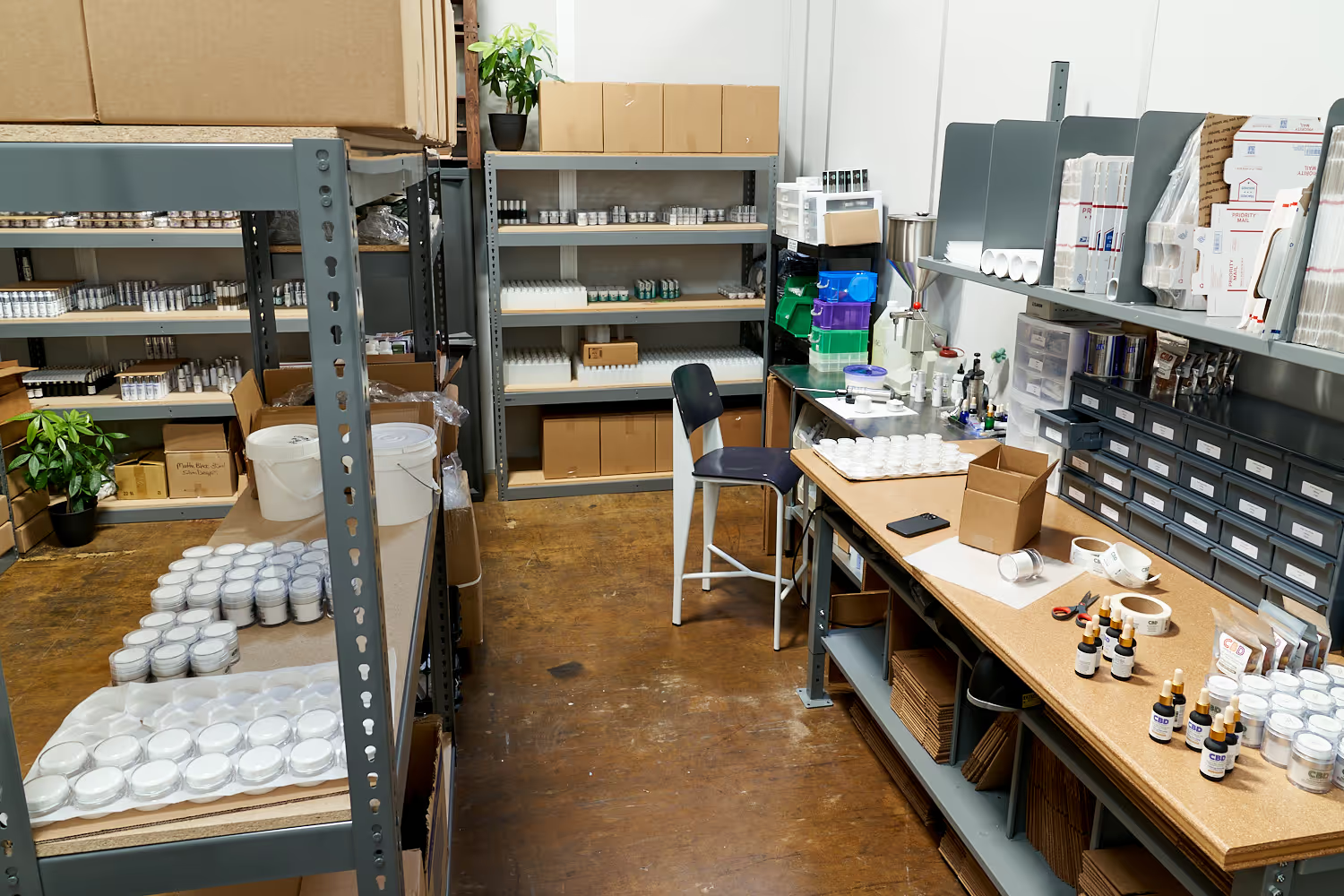When was the last time you had to wait three weeks for your order? The days of month-long deliveries are a thing of the past. With the rise of Amazon and the growth of the ecommerce environment, faster shipping speeds and same-week deliveries are not only expected but also anticipated by most consumers.
To keep up with the developing consumer expectations regarding lightning-quick deliveries, many businesses are expanding into a distributed warehousing model. These smaller-scale warehouses offer locations across the country, guaranteeing ecommerce businesses leveraging these warehouses can improve efficiency, reduce costs, and better service customers’ needs in closer proximity to where they live.
In this blog post, we’ll answer all your questions about distributed warehousing, why it’s benefiting ecommerce businesses, how your developing business can grow through this model, and how Saltbox is using distributed warehousing to bring speedy shipping and optimized logistics to businesses across the nation.
What is distributed warehousing?
Distributed warehousing is more than just dropping pins on a map. Distributed warehousing is a new approach to warehousing where a business fulfills, ships, and distributes goods from numerous smaller, strategically located warehouses in metropolitan areas around the country.
The overall goal of distributed warehousing is to access the benefits of stored inventory and order fulfillment from nearby, offering customers short shipping times and cheap delivery costs. This model also offers business owners access to inventory and on-site needs from nearly anywhere. These warehouses perform a number of functions, including: storage, fulfillment, cross-docking, retail distribution, on-site co-working and more.
Distributed warehousing: a new approach to warehousing where a business fulfills, ships, and distributes goods from numerous smaller, strategically located warehouses in metropolitan areas around the country.

Benefits of the distributed warehousing model
The distributed warehousing model is beneficial to small businesses and customers alike, tackling the challenge of ecommerce logistics with ease from a location close by. Here’s why.
Faster shipping for all
As businesses grow, it is only expected that shipping speeds and product availability should grow with it. When compared to shipping from a single warehouse, distributed warehousing enables faster shipping by storing products in warehouses that are physically closer to popular order locations.
According to Shopify Plus’ annual report on global commerce trends, 67% of shoppers expect a two-day delivery, and 85% of shoppers are more likely to buy products when 2-day delivery is offered. Offering these faster shipping speeds not only brings in new business, but also keeps current customers loyal. With warehousing close by, customers no longer have to spring for expensive expedited shipping to receive their items in time with no extra fee.
Shipping and fulfillment costs
Sure, fast shipping speeds are key to business success, but there’s no point in rapid shipping if it’s overpriced. As mentioned above, this localized warehousing offers a cheaper cost of delivery than ever before. According to Shippo’s most recent State of Shipping Report, a colossal 83% of customers opted for free shipping over fast shipping.
Shipping cost and shipping distance are directly correlated in nearly all cases, as the farther an order must travel the more expensive it will be to get to its destination. By opening warehouses close to consumers through distributed warehousing, you cut shipping distances and therefore average shipping cost. Voila!
Understanding your business’ warehousing needs
For many brands, third-party logistics (3PL) providers offer the perfect blend of streamlined fulfillment logistics. In the traditional 3PL model, entrepreneurs frequently encounter significant barriers to entry. High costs, inflexible contracts, and strict volume requirements are just the beginning. For SMBs, these obstacles are not only intimidating but can also hinder growth and diminish the entrepreneurial drive that powers success.
Furthermore, the genuine connection that SMBs cherish with their customers can be compromised by subpar logistics. SMBs have been searching for a logistics partner that not only understands the challenges of a growing business but is also flexible enough to meet their unique needs. If large enterprises can choose between self-fulfillment and a 3PL, then small businesses deserve the same opportunity.
Traditional 3PL services are not designed for growing ecommerce businesses. At Saltbox, we offer a cozy and practical spot for small to medium-sized ecommerce businesses looking for a mix of warehouse and co-working space. Think of our spaces as a blend of a functional warehouse and a trendy co-working area, complete with all the essentials like conference rooms, comfy lounges, and content studios—perfect for both storing goods and getting work done.

We take the hassle out of logistics with accessible loading docks and our helpful staff who can manage your shipments and inventory for you. Plus, our flexible logistics services are designed to adapt to your business needs, whether you need help by the hour or prefer a dedicated team to handle your orders. Through our Parsel app, you gain access to discounted shipping rates, efficient pick-and-pack workflows, and carrier options typically reserved for large brands. Saltbox is here to make your business operations smoother and help you focus on growth.
Ready to get started? Book a tour at one of our 12 locations today.
For Her
For Him
For Pets
For Anyone

Related posts
Learn from businesses improving their operational efficiency. Explore how Saltbox’s expert support and flexible spaces drive their growth.


Black Friday ecommerce strategy: Complete 2025 guide to maximize holiday sales
Discover a comprehensive Black Friday ecommerce strategy for 2025 to maximize your holiday sales. Learn expert tips on technical optimization, targeted marketing, inventory planning, and customer retention to boost your online store’s performance during the busiest shopping season.


The ultimate small business holiday gift guide 2025
Every item in this guide comes from a Saltbox member. Thoughtfully made, ready to ship, and powered by small businesses.


Holiday shipping deadlines 2025: Complete guide for on-time delivery
This comprehensive guide covers every major carrier’s 2025 holiday shipping deadlines, from standard ground services to last-minute express options.







